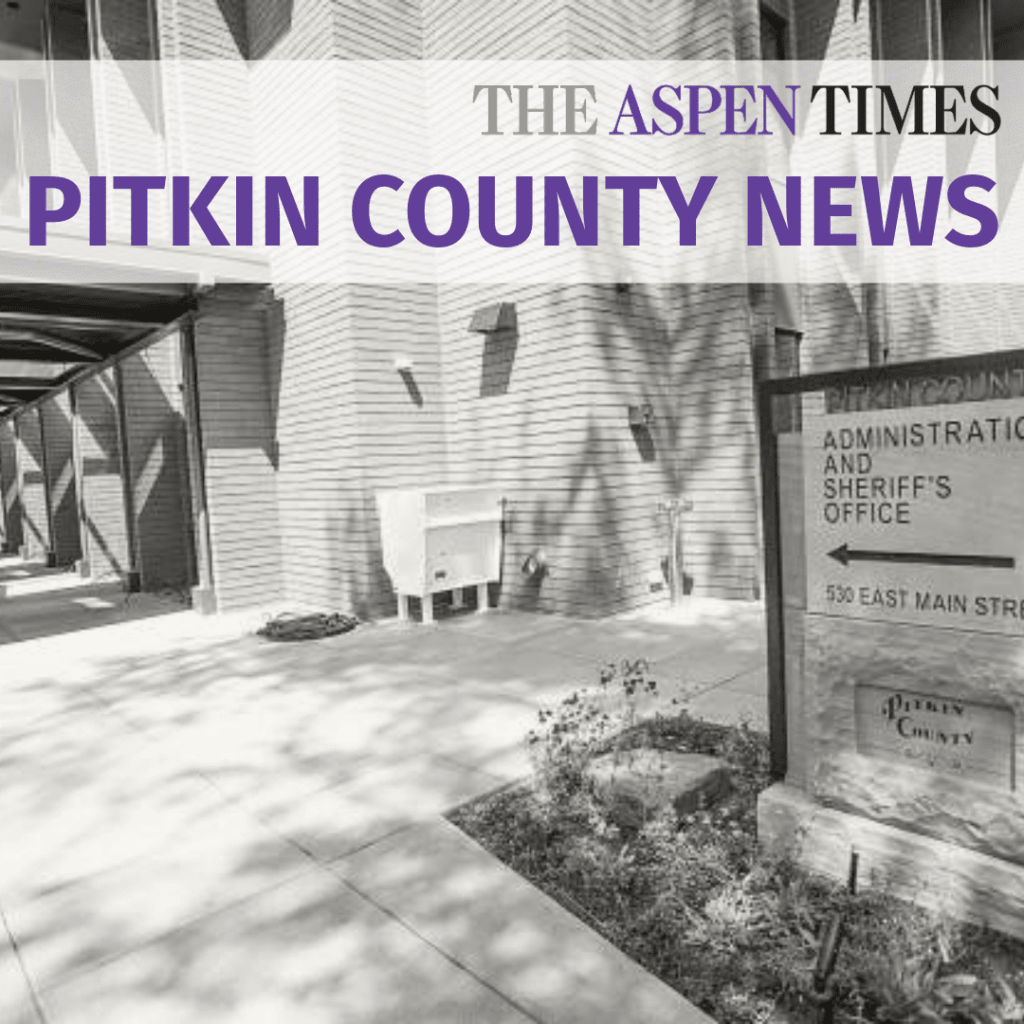PitCo Amends Land Use Code to Incentivize Large-Parcel Landowners to Limit Development


Pitkin County chose to go with the carrot instead of the stick with a recent amendment to its land use code that exempts large parcels from the growth management process in exchange for vested rights and a conservation easement.
The Growth Management Quota System (GMQS) is the county’s tool for controlling the rate at which zoned areas develop. Square footage allotments apply throughout the county, and property owners/developers compete for the right to develop the allotted square footage through scored applications.
The system has exceptions, including large parcels — 500+ square acres, as the county defines. If an owner only develops one single-family unit on the property within the square footage limits and concedes development rights to the county, they can skip the GMQS process.
County staff first proposed cutting the exception altogether, which the commissioners lobbed back after concern amongst the board and from public comment. After months of revision from the county attorney’s office, the Planning and Zoning Commission, and the community development office, the amendment landed in somewhat of a compromise between the county and property owners/developers.
The discussion centered around incentivizing property owners to utilize the exception. How can the county make it attractive to landowners to forgo the right to maximize development on the parcel? Minimize red tape and ensure floor area rights forever, according to the county. The idea of the exemption is to prevent dense development on valuable land.
“Suzanne (Wolf, Pitkin County community development director) and I added after this board expressed concern that perhaps there was not enough incentive for a property owner to utilize this 500-acre GMQS exemption given that the property owner is required to grant perpetual conservation easement,” said Assistant County Attorney Richard Neily III. “Particularly the addition of special review and the Open Space and Trails board for the conservation easement essentially making this provision more onerous to use. So, there was an idea presented by this board that hey, maybe we should look at some unique vesting or even perpetual vesting for the floor area granted through the special review process.”
Under the amended exception, anyone who owns a parcel 500 acres or larger may bypass the GMQS if they build one single-family dwelling unit up to the zone district’s limit — with allowances for a caretaker dwelling unit, the preservation of historical dwelling units, agricultural structures, and other structures approved for site-specific development plans — and secure a conservation easement for the property outside of the activity envelope.
The special review process for these applications, which is done by the board of commissioners and not just county staff, will also result in the perpetual vesting of the approved floor area. If a developer does not develop right away, they will still always be allowed to develop property up to the floor area maximum from when their application was approved.
“In general, I’m in favor of longer vesting periods than perpetual — longer than three years. There are some drawbacks. The building code can change, but the person could still get the previous building code to apply. But they don’t have the pressure to build the house immediately in a three-year period. It might take them 20 years to build the house,” Commissioner Steve Child said. “They don’t have the pressure to do it immediately. So the longer vesting period has other benefits. A perpetual one, I would think somebody would build sooner than in 100 years, but maybe they want to pass it on to their family as something they could do sometime in the future.”
The conservation easement can be held in partnership between Pitkin County Open Space and Trails and another partner like Aspen Valley Land Trust.
Commissioner Francie Jacober expressed interest in revisiting the topic to hammer out options for ranches, which would benefit from sizeable employee housing options on property.
“I think as we move forward, we definitely need to look at how to facilitate employee housing on these kinds of properties,” she said. “Any kind of working ranch, whether it’s 500 acres or 250 acres, anything that’s going to be employing people on a regular full-time basis, I don’t think we should be setting limitations on the ability to for them to provide that housing themselves.”
As the code stands now, dense deed-restricted housing is not permitted in the county outside of Urban Growth Boundaries, which are defined in master plans.
A number of land use planners worked with the county on revising the amendment language or commented on its effect, including representatives of the Perry Family Snowmass LLC, which owned the 650-acre Snowmass Falls Ranch until it agreed to sell to Open Space and Trails.
The amendment passed unanimously on second reading at the Jan. 24 commissioner meeting.
According to the Land Use Code, exceptions to the GMQS are allowed because they over “some overriding public benefit related to the type of growth.” Those benefits fall under development type, character, location, and quality goals of the county, to continue a historical practice, and to ensure fairness in the system — according to the code.
By: Josie Taris | The Aspen Times I February 2, 2024